Our Lady of Mercy
How did Our Lady of Mercy become the patron saint of Barcelona?
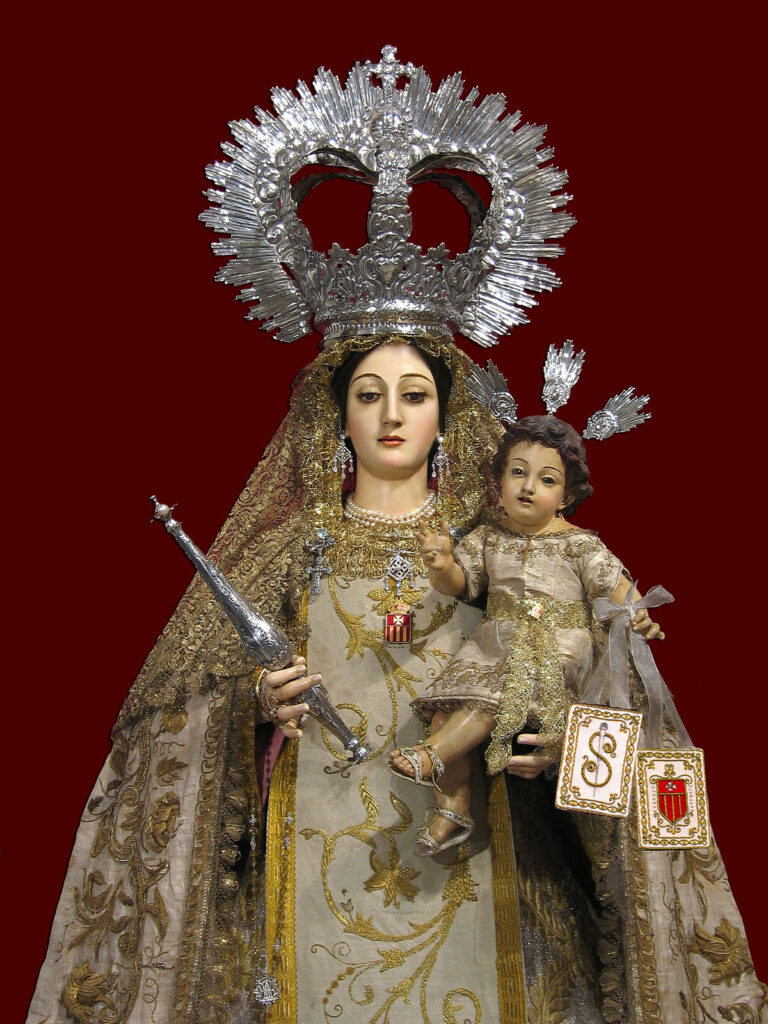
Legend has it that on the night of 24 September 1218, Our Lady appeared simultaneously to King James I, Saint Peter Nolasco and Saint Raymond of Penyafort. She asked the three of them to create an order of monks dedicated to saving Christians imprisoned by the Saracens. It was a time of religious warfare.
Centuries later, in 1687, Barcelona suffered a plague of locusts and placed itself in the hands of the Virgin of La Mercè. When the plague was over, the City Council named her patron saint of Barcelona. But the Pope did not ratify the decision until two centuries later, in 1868.
The Carving
The carving of the image of La Merced that is venerated in the Basilica of La Merced in Barcelona is from the 14th century, in the seated style, like the Romanesque ones. In Catalan “Mare de Deu de la Mercé”, Mother of God of Mercy. In 1696, Pope Innocent XII extended the feast of Our Lady of Mercy to the whole Church, and fixed its date on 24 September. However, following the liturgical reform of the Second Vatican Council, the feast was removed from the universal calendar in 1969.
Expansion As early as 1259, long before the “discovery of America”, the devotion to the Virgin of Mercy began to spread throughout the world. It was spread by the “Mercedarian” friars who had taken the four vows of the order as the centre of their devotion to the Virgin: poverty, chastity, obedience and the willingness to give themselves up and exchange themselves for hostages and to give their lives if necessary. It is estimated that around 300,000 were redeemed by the Mercedarian friars from Muslim captivity, most of them in exchange for money. Some three thousand religious are considered martyrs for dying in fulfilment of their vow. Peter Nolasco died in 1266 at the age of 77, was canonised and his feast day is celebrated on 6 MayLa Merced and Latin America
The Mercedarian friars brought their love for the Virgin of Mercy to the American continent, which spread widely. Although it is said that the first mass celebrated on the American continent was celebrated before an image of Our Lady of Mercy, brought on the second voyage by Friar Bernard Boïl, hermit of Montserrat and the Hieronymite hermit of the Monastery of Sant Jeroni de la Murtra, Friar Ramon Pané, it is said that the first mass celebrated on the American continent was celebrated before an image of Our Lady of Mercy, brought on the second voyage. In the Dominican Republic, Peru, Ecuador, Argentina, Colombia (patron saint of prisoners), Chile, Guatemala, El Salvador and many other countries, Our Lady of Mercy is well known and loved.
Historical legacy From the apparition of the Virgen de las Mercedes we are left with a historical legacy of how the conquistadors imposed their form of organising society and space. This produced great confusion among the members of the indigenous cultures, who were forced to adopt a new language, another religion, which replaced their multiple gods with a single one, and even a new family organisation that put an end to polygamy and installed monogamy.
The Diocesan Archive has brought to light the documentation that explains how Our Lady of Mercy became the patron saint of Barcelona. It has been discovered that on 27 February 1868 Pope Pius IX gave his authorisation, communicated in a letter addressed to the bishop of the time, Pantaleó Montserrat. The letter was preceded by months of negotiations and requests to the Holy See from, among others, the bishopric itself and the town council.
On 27 October 1867, some seventy nobles of the city made “the demand” that Our Lady of Mercy be instituted as patron saint of the city. The date was no coincidence. Months earlier, a papal decree had established that Spanish cities could only have one patron saint. On 9 November, the city council “and the people” of Barcelona sent a letter to the Vatican with this demand, and the mayor himself, Juan López de Bustamante, initiated the legal proceedings with another official letter to the bishopric of the city on 18 November. This letter was sent to the apostolic nuncio in Spain, who forwarded it to Rome.
The Vatican’s response
The Vatican’s Congregation of Sacred Rites took up the procedure, which on 27 February communicated to the Bishop of Barcelona that:
“VSI, having stated to our most holy Lord, Pope Pius IX, that it would be very pleasing to the faithful entrusted to your pastoral solicitude that the feast of the Most Blessed Virgin Mary of Mercy be constituted as Patronal for this diocese of yours, Your Holiness, having made a report of these vows by the undersigned Secretary of the Congregation of Sacred Rites, and clemently deferring them, constituted the feast of the Blessed Virgin Mary of Mercy, which falls on the 24th of September, as Patronal for the Bishopric of Barcelona; And he ordered the same feast to be celebrated under the double rite of first class, octave and under the double precept, namely, to hear mass and to abstain from servile work.
In communicating to Your Holiness the concession of His Holiness, I ardently wish you long happiness.
From Your Excellency At Rome, 27th February 1868.
(Signature) As Brother C. Bishop of Porto and Santa Rufina, Cardinal Patrizi, Prefect of the Congregation of Sacred Rites”.
However, the bishopric of Barcelona took a long time to make it official, as in the following months they tried to ensure that the two patron saints of the city, in addition to La Merced; Santa Eulàlia and San Sever (who were also the object of much devotion by the people of Barcelona), would maintain this status. However, the Congregation of Sacred Rites, in accordance with the papal decree of 1867, denied the request. It was not until June that the change of patron saint took place legally with the mandatory permission of Queen Isabella II.
Related
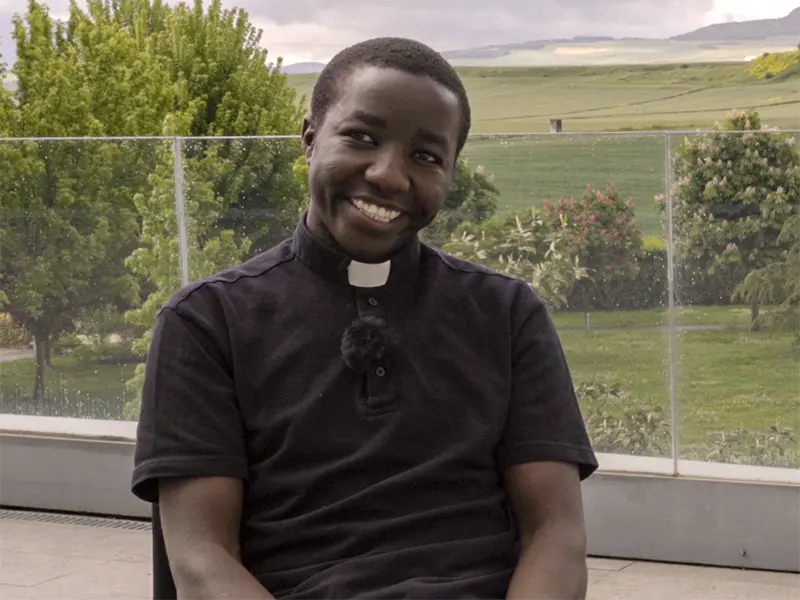
“Being Catholic in Tanzania is a source of pride”
Fundación CARF
16 April, 2025
6 min
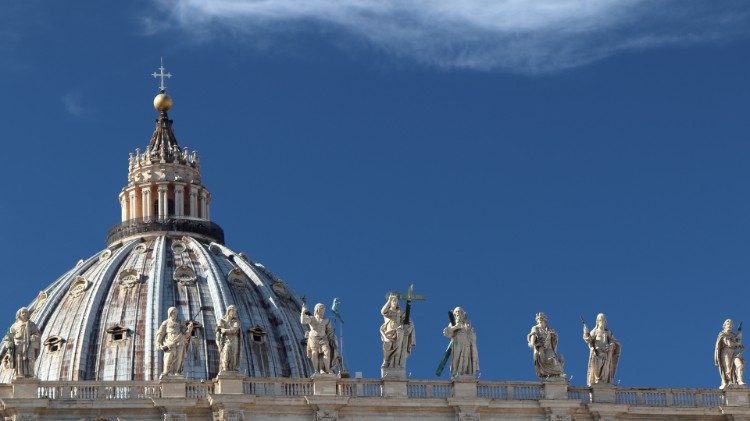
The Vatican Suppresses the Sodalitium of Christian Life After a Long Discernment Process
Exaudi Staff
15 April, 2025
1 min
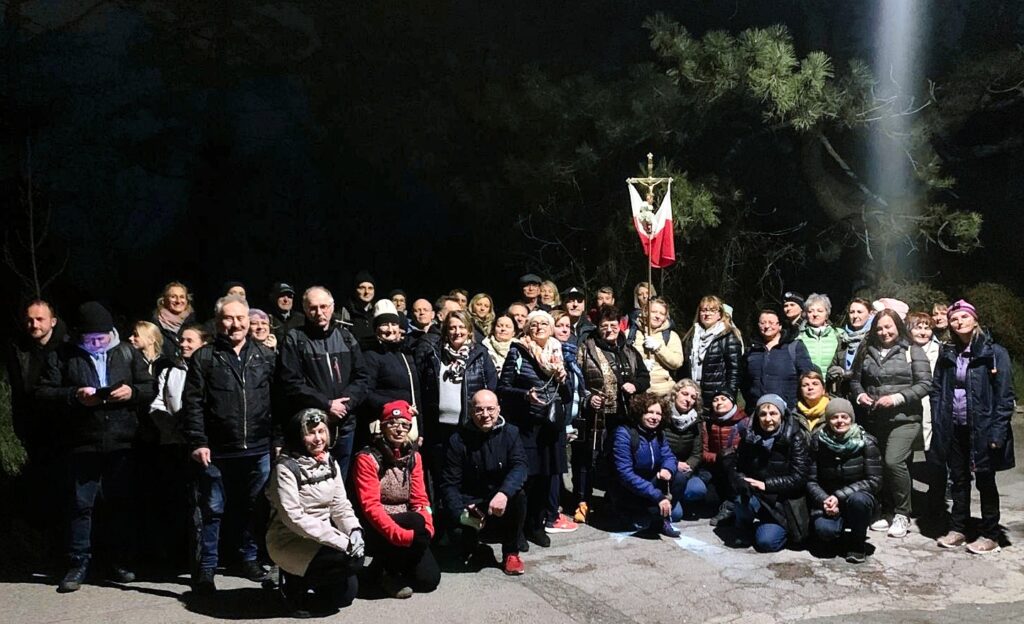
From Kahlenberg to the Papal Cross – Polish Night Way of the Cross in Vienna
Heschel Centre for Catholic-Jewish Relations at the Catholic University of Lublin
15 April, 2025
2 min
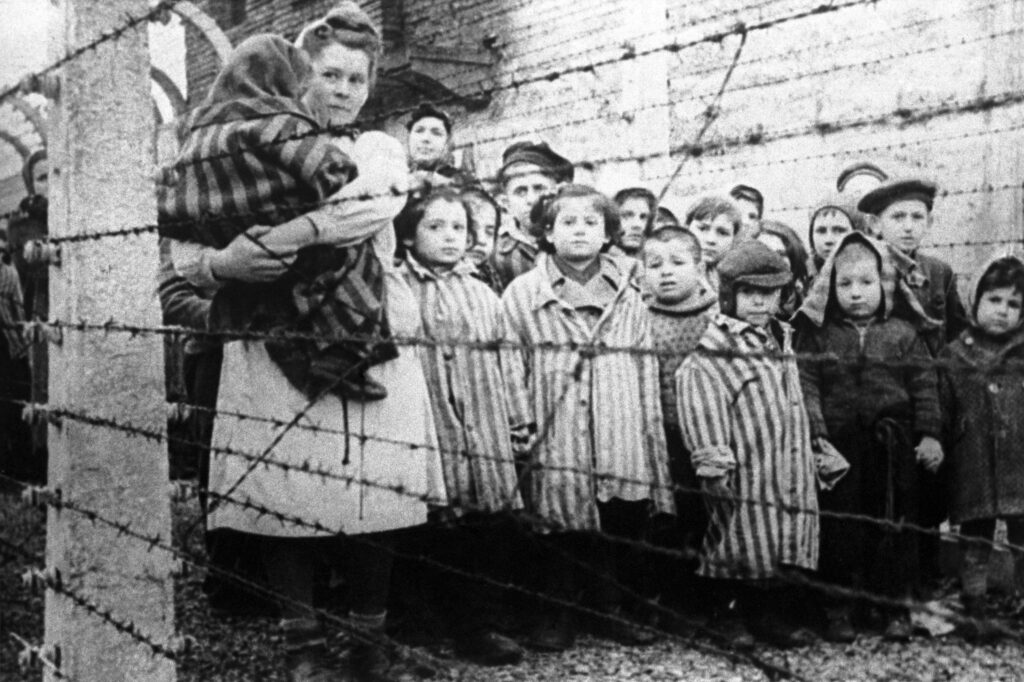
“I Will Never Be Herod for the Innocents”
Wlodzimierz Redzioch
14 April, 2025
6 min
 (EN)
(EN)
 (ES)
(ES)
 (IT)
(IT)

